Insulation of a frame house: where to start and what material to choose?
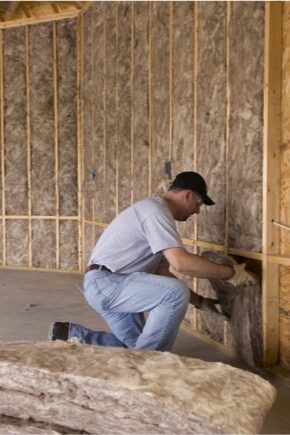
Frame houses are being built very, very actively. But even such reliable and high-quality structures in the Russian climate cannot do without insulation. And this means that a quiet life in the house depends on the choice of the correct version of it and on the literacy of the work.
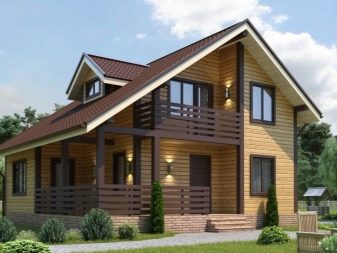
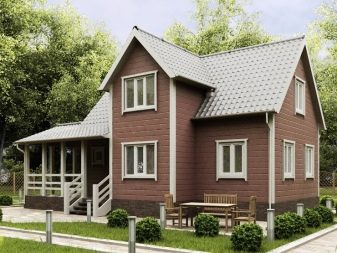
Why do you need it?
Panel buildings are very popular among summer residents: they are attracted by the opportunity, having started work in late autumn, by the beginning of the season to have a full-fledged house. Moreover, such structures:
- environmentally friendly;
- are inexpensive;
- serve for many decades.
But all these advantages are realized only if the insulation of the frame house is done properly.
Otherwise, it will be rather difficult to call it comfortable. It is worth immediately distinguishing between two types of buildings.
- Buildings for permanent use should have a solid thermal protection by default.
- If it is planned to be there only from late spring to late autumn, thermal insulation should be minimal - strictly to maintain the stability of the structure itself.
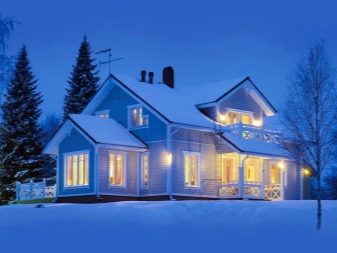

For the "frame" designed for the summer period, the thickness of the walls is no more than 70 mm. In the cold season, the required figure is at least twice as high. If you limit yourself to a thinner layer of material, the heat leakage will be disproportionately large, and you will either have to freeze or waste a lot of money on heating.
Important: for winter living, you will not have to insulate the entire volume of the frame, but only its individual parts, first of all:
- stingrays;
- cellars;
- attic planes;
- basement structures.
It will not work to do just one warm floor, even if its power is excessive. Through the basements, external walls and other parts of the structure of the panel house, heat will still flow away cheerfully. Given the variety of conditions where heaters will be installed, it is impossible to give a universal answer about the best option. The walls of the basement are equipped with some types of thermal protection, the load-bearing walls - with others, the overlap of the cold attic - with the third. But in any case, the choice of suitable insulation formats always comes first.
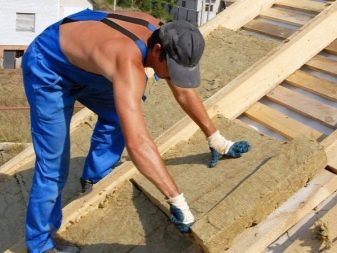
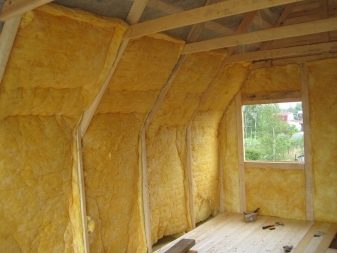
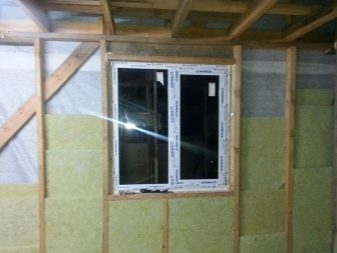
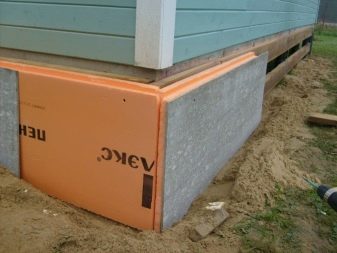
Types of thermal insulation
Cross (additional) insulation of frame structures is carried out, as its name suggests, by adding an auxiliary volume of insulation to one layer. This solution allows you to reliably close the existing cold bridges. Most builders prefer outdoor insulation - because it does not take away precious internal space, which is always lacking in summer cottages and in rural dwellings. In addition to thermal protection of the facade plane, special attention should be paid to preventing heat from escaping through the corners.
They are the most problematic points in any home; now you can figure out which solutions to all these problems should be preferred.
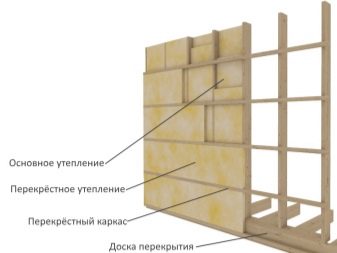
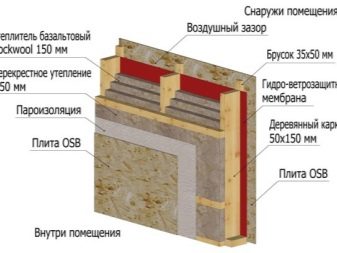
What is it worth to insulate?
Insulation for a frame house cannot be bulk; the standard technology is to use only tiles or rolls. The difference is not only that "one is put in, the other is untwisted." Technologists are aware of the differences in nominal thickness. Usually increasing the layer thickness will increase the energy efficiency of the material.
But it is worth remembering that even a material that is flawless in itself can be applied incorrectly, and this immediately devalues all the advantages. Therefore, it is better either to turn to professionals, or to study the smallest subtleties and nuances of each coating.
The overwhelming majority of amateur builders and official firms use the "brilliant four":
- mineral wool;
- expanded polystyrene;
- mineral slabs;
- isolone.

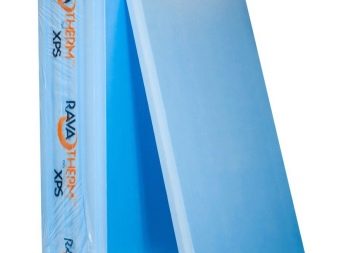
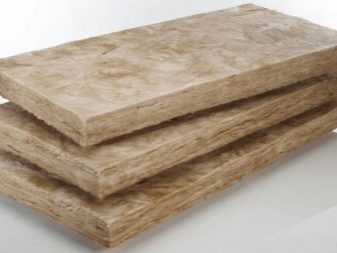
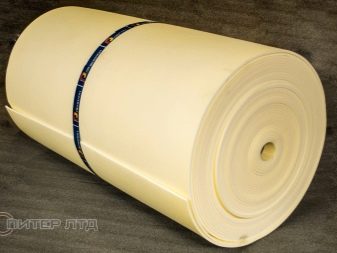
There are many other options, the main division of which is carried out by chemical nature (organic or inorganic substances in the base) or by structure - solid blocks and loose substances. You can even choose expanded clay, metallurgical slag and other bulk reagents. But the problem with this solution is the gradual shrinkage of the thermal protection layer. You will have to thoroughly ram the layer to be laid, and not just fill the entire volume of the wall, floor, and so on with the selected composition. Plated materials do not cause such problems - but they also have their "pitfalls".
So, it is pointless to use pure mineral wool for external wall insulation: it will not hold well, and it will retain its thermal qualities only until the first rain or snow. A prerequisite for success is the attachment to a special structure of bars packed vertically. Each timber is placed only where the border between the mineral wool slabs will pass. You should also take care of external protection from getting wet.
When working, it is important to wear respiratory protection, wear special goggles and do not remove gloves.
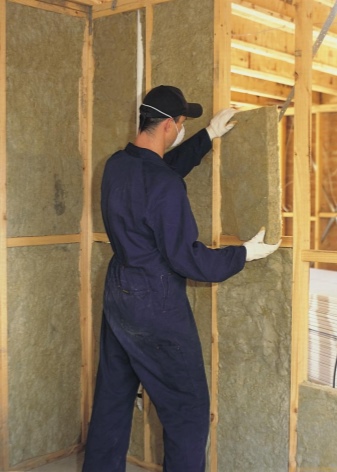
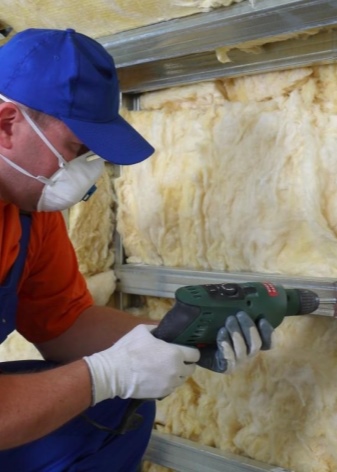
Polyfoam is a substance of organic nature. Its undoubted advantages are:
- low specific gravity;
- protection of walls from strong winds;
- exclusion of decay.
But these advantages also have a downside: high fire risks. Therefore, it is impossible to trim the walls with foam that has not undergone special processing.
Mineral wool is absolutely non-flammable. A similar advantage can be obtained when using basalt wool, but it also has a significant plus - ease of processing and perfect safety for builders.
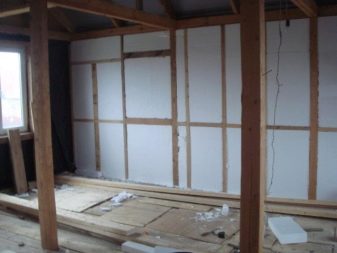

Many people call the use of penoizol an ideal solution.
But it also has weak points - after a few years, areas will form where the material will not adhere tightly. Therefore, the loss of heat will increase dramatically. The liquid version of the coating is characterized by more powerful adhesion and lasts 50-60 years (for this period a guarantee is given). The disadvantage, however, is also obvious - it will not be possible to achieve success without special equipment. But penoizol is in any case acceptable for keeping heat in the floor, roof and walls.
Internal insulation of walls of frame buildings with roll materials is impossible. More precisely, it will be possible to attach them to the walls, but then the walls themselves will shrink, and the thermal insulation will inevitably be damaged. Regardless of the option chosen, and whether the work is done inside or outside the house, it must be done very carefully. It is helpful to keep this in mind whenever the thought arises of saving money by working on your own. If among all the materials the choice fell on penoizol, its installation is preceded by the installation of profiles.
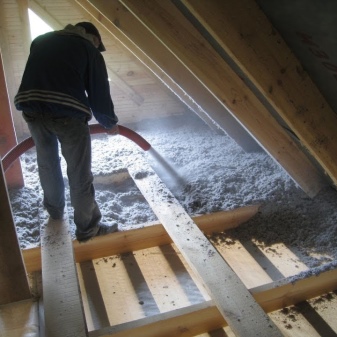
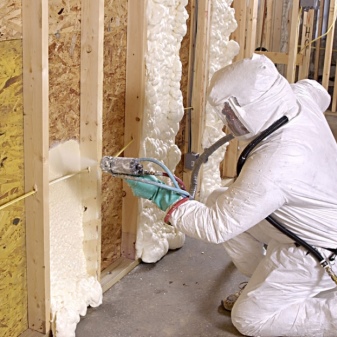
Frame structures are rarely insulated with expanded clay, and such a choice does not justify even its low cost. Yes, the material is very dense and does not absorb water well. But if he has already absorbed the liquid, its return will be very slow. Expanded clay is very heavy, and even with a minimum density in dry form, it presses on the walls, the foundation is very strong. This circumstance will have to be taken into account in external finishing, choosing the most durable solutions for it.
But the main thing is not even this, but the fact that expanded clay is three times worse in thermal qualities than mineral wool and polystyrene. Therefore, it is imperative to use layers of waterproofing and vapor barrier. Thermal insulation with stone wool is also a solid competitor to this material.Working with her stoves is a pleasure, there is no need for complicated tools. Cutting into the desired fragments is done with a knife or saw with fine teeth.
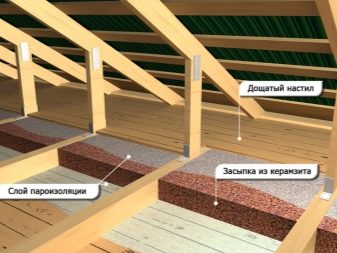
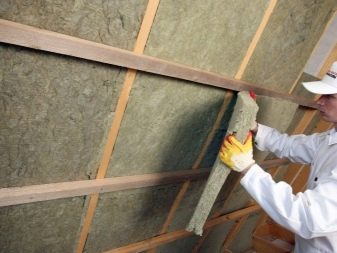
For your information: stone wool blocks must not be squeezed, rammed or squeezed. This will certainly lead to negative consequences. It is also necessary to use ecowool wisely. So, in its pure form, ecological cotton wool is very flammable, but if you mix it with borax and boric acid, the level of fire hazard will drop sharply. In addition, such processing will avoid interest from microscopic organisms and certain animal species.
Near the surface, ecowool can contain up to 20% water (by weight) and retain its basic insulating properties.
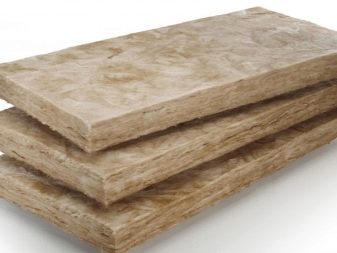
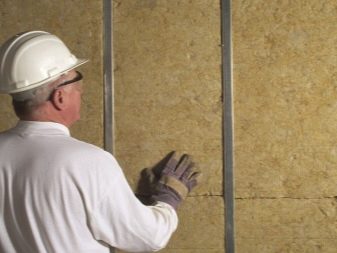
When the material dries, it fully restores its functionality. Such advantages as an optimal microclimate, suppression of extraneous sounds, absence of seams and sanitary safety will also be attractive to people. As for the possible problems, they are as follows:
- you will have to limit yourself to vertical backfill in order to guarantee thermal protection;
- you will definitely need specialized equipment;
- if the fastening control was of poor quality, the material may settle;
- ecowool is not very appropriate where high humidity may be present.
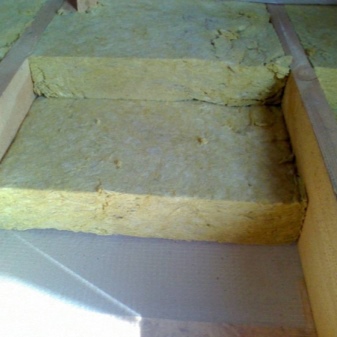

Insulation of frame houses with sawdust is another traditional, even centuries-old technology. But there is no reason to consider it extremely primitive, as modern people often do. Careful consideration of the features of the material allows you to profitably embody its positive features and weaken the negative ones. The undoubted advantage of sawdust is its natural origin, affordable price and decent heat retention. It is only necessary to deal with the risk of ignition and with the settlement of rodents in the material.
Antiseptic components, lime, clay, gypsum or cement help to solve such problems.
Important: when choosing an additive for sawdust, you should pay attention to how hygroscopic it is.
In many places, high humidity can lead to very unpleasant consequences. Coarse sawdust is usually taken on the rough insulating layer, and the retention of heat is mainly provided by a finer substance. When buying or self-procurement, you should pay attention to the dryness of the material, the quality of heat protection depends on it.
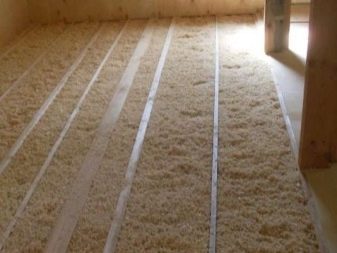
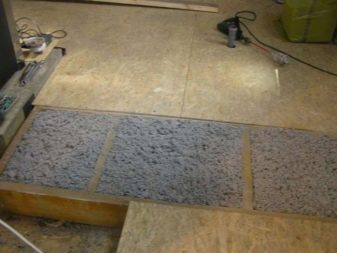
Adherents of modern materials and the latest technologies can insulate frame houses with extruded polystyrene foam. It is widely used when working on floors, including:
- over unheated basements and technical undergrounds;
- under the ceilings of attics;
- to enhance the acoustic protection of structures dividing the floors of the house.
Usually, on the floors of frame houses, expanded polystyrene is placed in the intervals of the lags; at the request of the owners or craftsmen, it can be mounted under a reinforced cement and sand screed. The disadvantage of the material (easily removable, however, with a careful approach) is the need to strictly observe the specified gaps between the plates. Expanding when heated, polystyrene foam can be damaged - to prevent such a development of events, gaps are needed. It is important to remember about the flammability of this synthetic substance, it should be used with caution.
It is unacceptable to glue it on mixtures containing any flammable or simply caustic component.
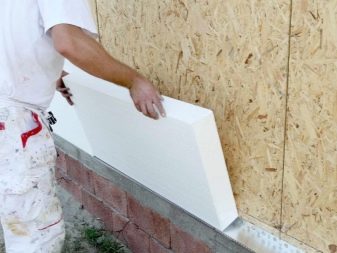
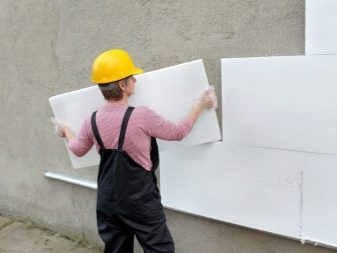
In addition to insulation, it is worth remembering that reliable, well-thought-out ventilation must be provided in the frame house.
Fresh air is always supplied from the utility rooms, and the overflow is carried out under the doors dividing the rooms. If you do not take care of the presence of a gap under them, then not only freshness, but also a uniform distribution of heat in the dwelling cannot be achieved. When it is not possible to form such a gap, they come to the rescue:
- special channels for overflow;
- gratings through the wall;
- separate channels for the passage of air into a specific room.
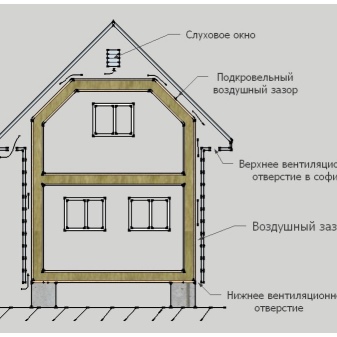
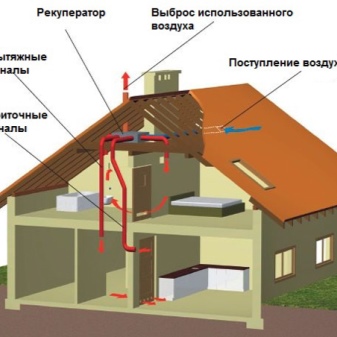
Specifications
The more monolithic the layer of insulation, the more stable it usually keeps heat. That's why the density of the structure should be given priority attention, it is much more important than a big name or a number of certificates. The only particularly lightweight material that deserves attention is expanded polystyrene (including its modification such as polystyrene foam). Even mineral wool is already just a light category, although its specific gravity can vary widely. It is this circumstance that allows you to choose the optimal solution for a variety of conditions and situations.
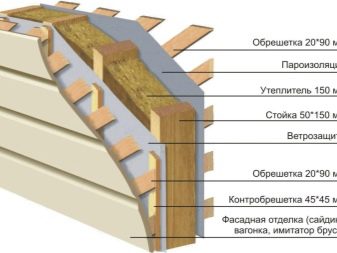
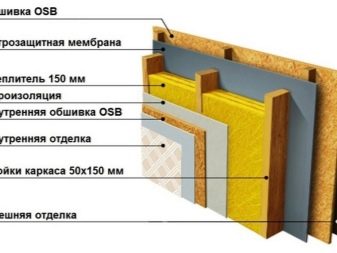
If you want the strongest possible blocking of cold (in living rooms and on the floor), you need to use the densest versions. For a non-residential attic, the bar is lower. With a density of 75 kg per 1 cu. m. wadded insulation is suitable only on surfaces that carry a relatively weak load, as well as for thermal protection of pipes.
The P-125 brand is already more worthy, it can be used in different procedures:
- sheathing of ceilings and floors;
- thermal insulation of walls;
- heat protection of partitions;
- suppression of external noise.
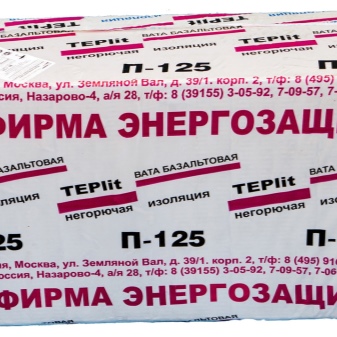

Cotton wool of the PZh-175 category has increased rigidity and is not used in frame houses, to a greater extent, it is used in stone and concrete buildings. If you plan to cover the walls with siding, you can use basalt wool with a density of 40 to 90 kg per 1 cubic meter. m. Moreover, the most dense material is recommended to be used in the upper parts of the walls. Under the plaster, experts advise taking cotton with a specific gravity of 140-160 kg per 1 cubic meter. m. Requirements for heaters used in the interior of a frame house are less demanding.
When the dwelling is covered with a pitched roof, the optimal parameters are 30–45 kg per 1 cubic meter. m, and if it is planned to insulate the attic, the lower bar is already 35 kg.

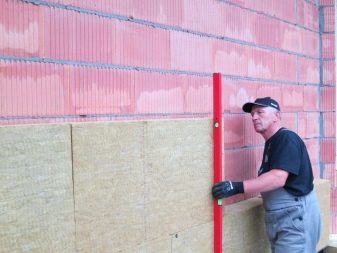
The minimum indicator for mineral wool under a flat roof is five times higher, and for expanded polystyrene it is much more gentle, only 40 kg per 1 cubic meter. m maximum. In the floors, loose insulation is allowed to be used only when laying in the intervals of the logs. Otherwise, the thermal protection will be a mechanically loaded element, which will negatively affect its characteristics.
Residents of frame houses naturally strive to ensure that their habitats are not only warm, but also environmentally friendly; mistakes in the selection of insulation can interfere with the achievement of this goal. Until recently, it was possible to find an environmentally friendly method of thermal protection only in elite areas, but now such schemes have become much more affordable. The first place is quite predictably taken by the fibers of natural raw materials:
- woody;
- linen;
- hemp and some others.

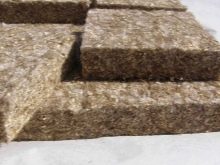

The advantage of such substances is the zero degree of allergic and toxicological risk. The softness of the structure makes it difficult for the individual components to penetrate into the external space. In an ecologically clean house, there is absolutely no place for mineral and glass wool. Fragments of glass and stone fibers, tiny in size, cannot be seen without a magnifying glass. But they can cause harm to health on a very large scale.
Important: no matter how great the desire for cleanliness and health protection is, this is not a reason to refuse antiseptic processing of a number of materials - where it is really needed.
Fire retardants are most often made from borax, a natural mineral that is completely harmless. The vast majority of thermal protection components, however, do not pose a danger only under strictly specified conditions. One of them is always the preservation of the integrity of the insulating "pie" from which one or another substance cannot escape normally. Linen insulation is relatively cheap and still quite normal, based on data obtained from medical research in different countries.
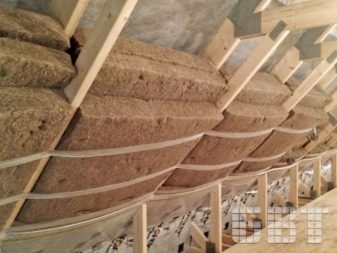
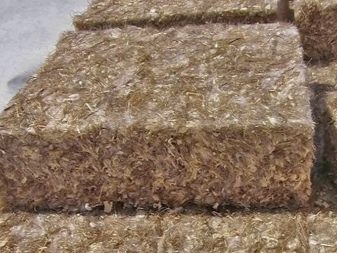
Peat blocks are now becoming more and more in demand in frame construction. 1 cubic meter m of such material costs about 3 thousand rubles, and it will last from 75 years, all this time being a sharply unfavorable place for microbes. What is important in our turbulent era, such insulation is able to reduce the amount of penetrating radiation entering the house by 80%. The only problem is that there is still little operating experience, and it is unclear how peat blocks will behave in different conditions after many years.
Cork structures can be easily installed under wallpaper, on interior walls and under the floor; but due to the very high price, it is unlikely that many people will be able to appreciate their quality in the foreseeable future.
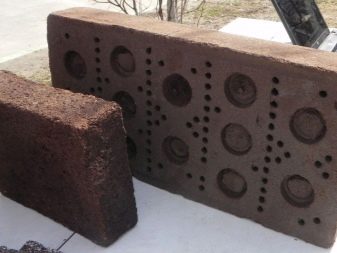
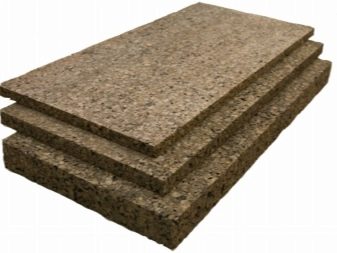
Manufacturers overview
Reviews allow you to appreciate not only various types of insulation materials, but also the professionalism and conscientiousness of individual firms.
Attention: it should be borne in mind that we will only talk about the really best of the best companies that have shown all their capabilities over the years of competition.
Firm "Rockwall" supplies fireproof stone wool insulation to the market. At the same time, it focuses on ensuring the highest environmental and sanitary performance of its products. You can use such mineral wool as part of thermal protection:
- pipes;
- front walls;
- room partitions;
- roofing structures;
- areas experiencing intense stress.
It takes 100 mm of such a slab to replace almost 2 m of brickwork.
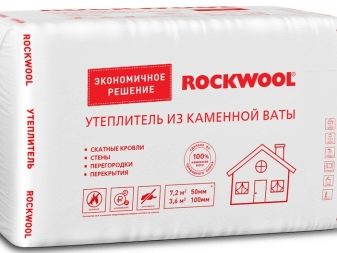

French corporation "Isover" sells to its consumers glass wool in roll, slab or matte configuration. Of course, environmental safety is somewhat less, but the cost of products is noticeably lower and optimal fire-fighting properties are guaranteed. The level of thermal conductivity also meets the necessary requirements. The company's line includes pressed materials that can be easily installed even without the use of fasteners.
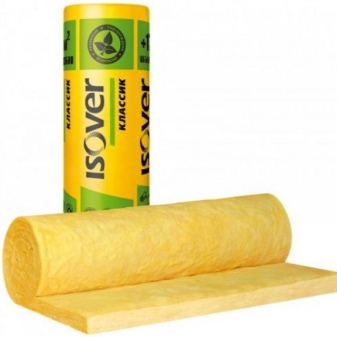
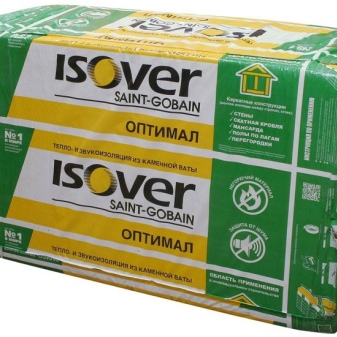
Glass wool is also supplied under the brand name URSA, which in production uses a much smaller amount of phenol, and in some cases got rid of it altogether. The product range includes:
- plates of moderate hardness;
- products adapted for medical and children's organizations;
- high density hydrophobic constructions;
- products resistant to deforming loads.
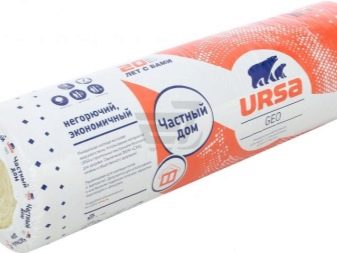

Calculations
Regardless of what specific substance is used, it is required to carefully calculate the thickness of the insulation. If you miscalculate with this indicator, you get either an insufficient effect, or excessively high costs for the purchase of thermal protection and for working with it. When the work is entrusted to a professional team, it is still necessary to control the measurements and calculations made by it. As practice shows, installers who are left without supervision, making sure that no one checks them, will sooner or later "make a mistake" in their favor.
The main role in the calculations is played by such indicators as thermal conductivity and thermal resistance.
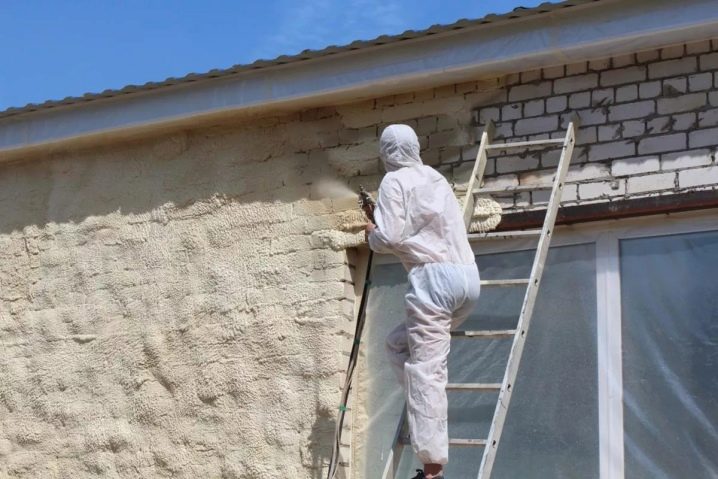
Glass wool has a very high resistance to heat dissipation - but its disadvantages prevent widespread use of this material. When calculating, it is worth focusing on the climatic properties of a particular area. So, in Moscow and its environs, the recommended layer of most good insulation does not exceed 0.2 m. If you use so many of them in the Far North, the result will be disastrous for residents.
A standard formula of the form δt = (R - 0.16 - δ1 / λ1 - δ2 / λ2 - δi / λi) × λout has the following components (sequentially):
- heat resistance of structures in a specific area;
- total thickness of all layers;
- coefficient of thermal conductivity;
- the ability of the insulation to transmit heat.

Raw materials and tools
When the type of insulation is selected, the calculations are made, it's time to get ready for work properly. It is imperative to choose the necessary tools as carefully as possible, taking into account the slightest nuances.
- With the dry version of insulation, "raw material" can be considered, along with the selected thermal protection, timber or metal structures of the frame being created. It is also useful to choose decorative materials that are consistent with the material, waterproofing films, membranes, vapor barriers.
- The "wet" scheme is realized with water-based adhesives.
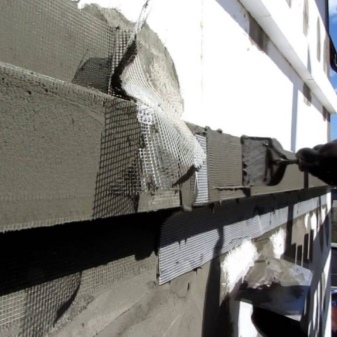
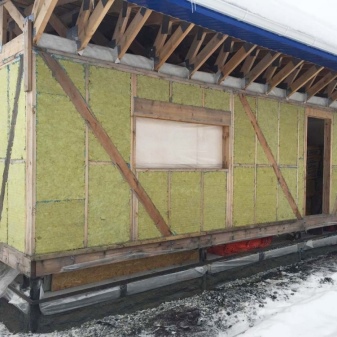
Typical wall and roof insulation tools include:
- screwdriver;
- guns for applying polyurethane foam;
- hammers;
- jigsaws for precise cutting of wood and metal;
- puncher;
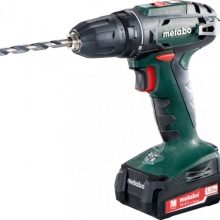
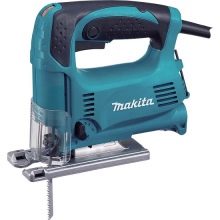
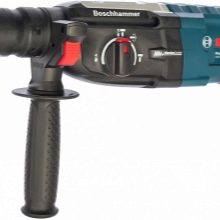
- spatulas;
- hydraulic levels;
- roulette;
- scissors for metal;
- containers for the preparation of solutions and so on.
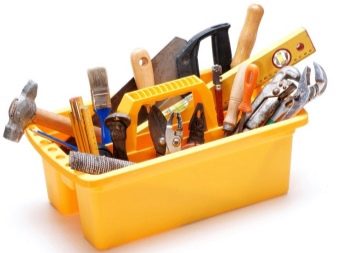
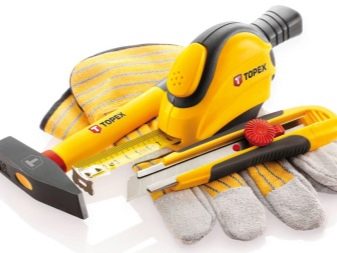
The exact set cannot be predicted in advance, because it strongly depends on the chosen technology, on the nuances of the frame house and the amount of work. In any case, you should try to get high quality tools and supplies. All accessories purchased specifically or already on hand should be carefully checked before starting work. Otherwise, it will not be possible to guarantee the quality and safety of manipulations during insulation. In almost all cases, craftsmen benefit from a square: it is able to both mark the exact right angles and measure the actual angles formed by the sides of the part.
Of all the hammers, the locksmith type is best suited.

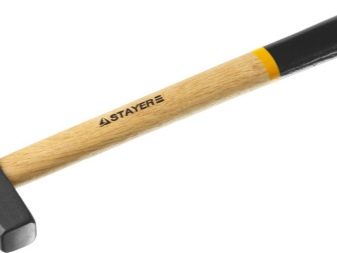
It is suitable for all kinds of surfaces. On the one hand, such a tool is even and allows you to strike, and on the other, it is sharpened, like a chisel. If you have to dismantle building elements and structures, you need a nailer. It is possible to divide foam plastic and other insulating, decorative elements into parts using saws with a fine tooth. The teeth must be specially set and sharpened in a special way.
For the preparation of building mixtures, only mixers with a spiral working part made of strong steel grades are quite suitable. With the help of rollers, it is easy to apply primers and a variety of paints, even on very rough or rough surfaces. In order to apply the adhesive solution for the subsequent introduction of the reinforcing mesh, it is recommended to use a Swiss ironing tool with teeth. The optimum tooth size is 8 x 8 or 10 x 10 mm and is determined by the façade system manufacturer.
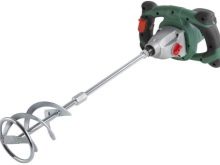
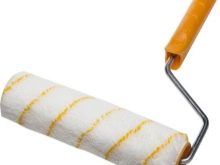
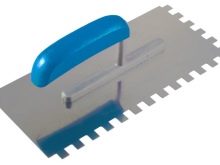
Self cover
In any case, step-by-step instructions require mounting a layer that protects against moisture. The only exception is made for situations where such protection is already outside (or inside). The reason is simple - the two-way locking of the water deprives it of its outlet. Liquid will accumulate inside the walls and gradually erode them.
The first step is usually to measure the outer surfaces and cut the waterproofing material according to their size.
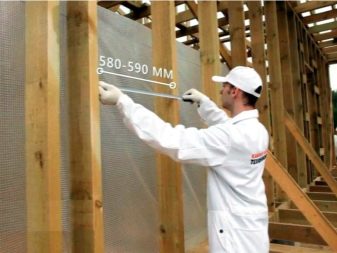

It is recommended to fasten the material with your own hands with a stapler on the racks, ensuring that the frame is completely sheathed. The optimal installation of waterproofing is with an overlap, when the upper layer overlaps the lower one by approximately 10 cm.
This is followed by work with a vapor barrier. It will not be possible to bypass this moment even in the case when hydrophobic or neutral substances that transfer contact with water are used for insulation. Indeed, in addition to them, the "pie" includes other details that are much more sensitive to getting wet. When insulating inside and outside, it will be correct to use a special film or foamed polyethylene to contain water vapor. Such materials are attached to the racks of the frames, providing the most tight pressure to the insulation.
Important: wrapping thermal protection blocks in a film is a violation of the standard scheme - until all the components of the frame, without exception, are covered from water, the work cannot be considered completed.
Only when all this is finished, they start working with the filler itself.
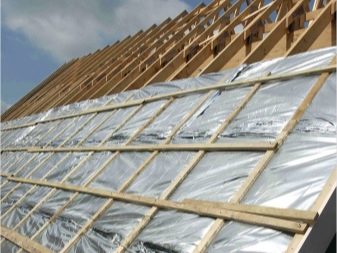
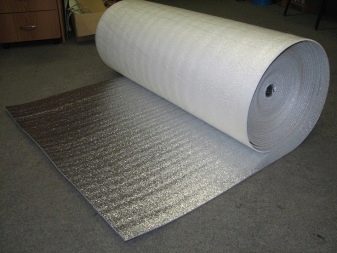
At the same time, safety requirements are strictly observed, especially relevant when choosing mineral or glass wool.
The final step is to sew up the walls from the inside. Out of competition in terms of the sum of their qualities, there will be drywall and oriented particle boards. GKL is recommended to be installed if the frame is perfectly flat, then the outer surface will be smooth. But OSB, due to its rigidity, will cope with flaws as efficiently as possible. But in any case, this is only preparation for a real finish.
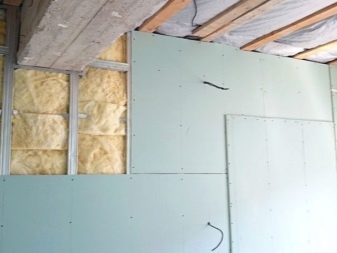
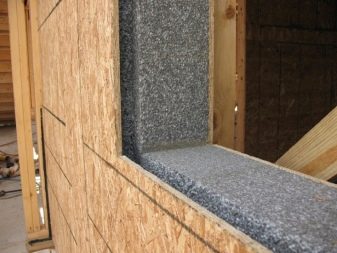
Master classes from professionals
Master classes organized by professionals allow you to get the most recent and adequate information on all problems of insulation and related topics. As a result of the consultation, it will become clear what the width of the frame board should be in a particular case, and how to calculate the thickness of a fundamentally new material.
Experienced craftsmen understand security measures and storage, transportation of each insulation coating better than ordinary amateur builders. Many mistakes are made when fixing structures, drawing up diagrams and determining the sequence of layers in the "pie". But communication with knowledgeable people helps to correct this situation.

When mineral wool is used, care is taken to prevent condensation from entering from warm rooms. But waterproofing and vapor barrier are also fraught with many "pitfalls". The choice of material for cladding is often dictated by tradition, personal tastes or stereotypes - and yet a well-thought-out design is much more pleasant. Professionals will tell you when you can use natural insulation, and when it is better to use artificial ones. It is also very important to understand the compatibility of materials with each other: here again master classes help.

For information on which insulation keeps heat better, see the next video.













The comment was sent successfully.